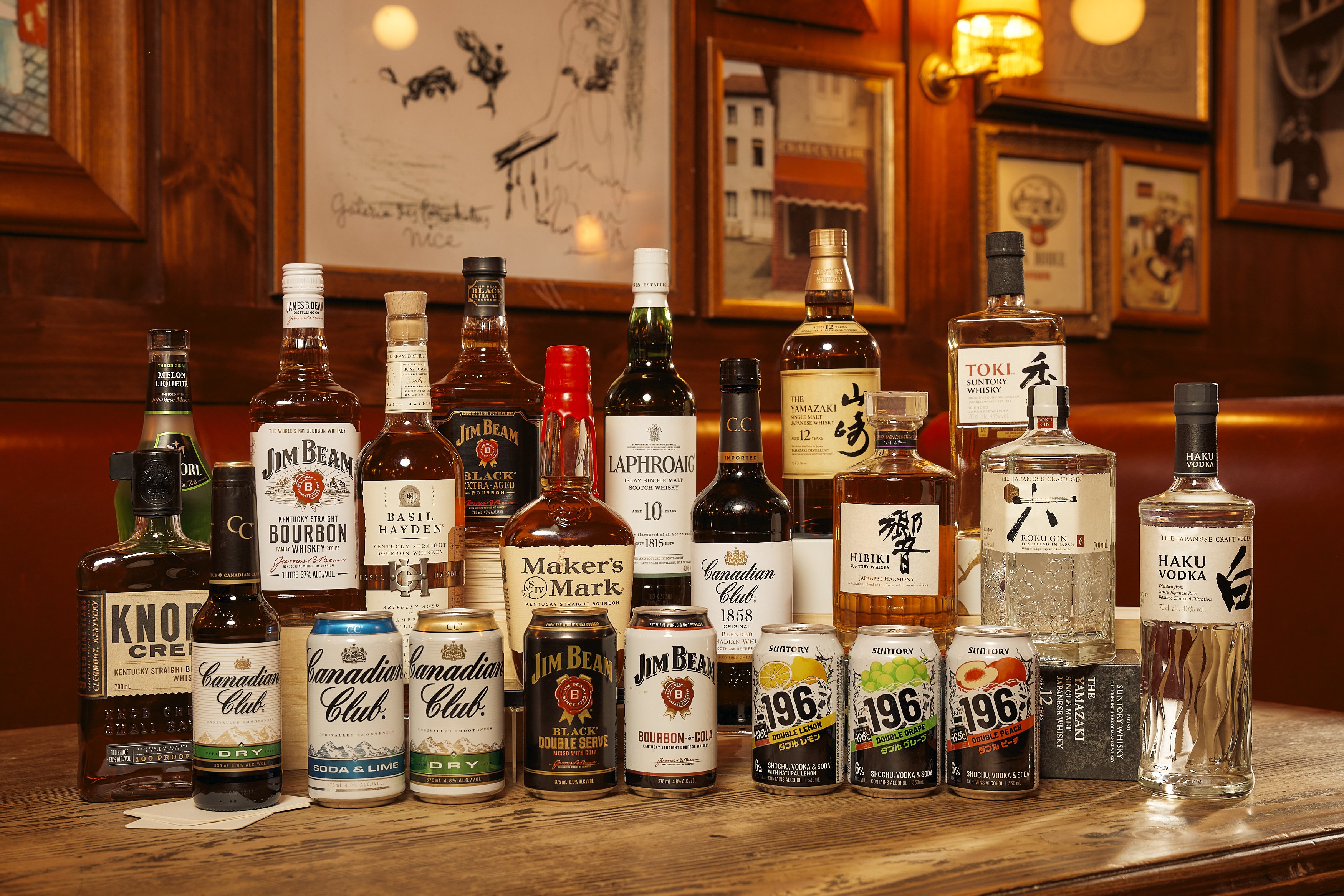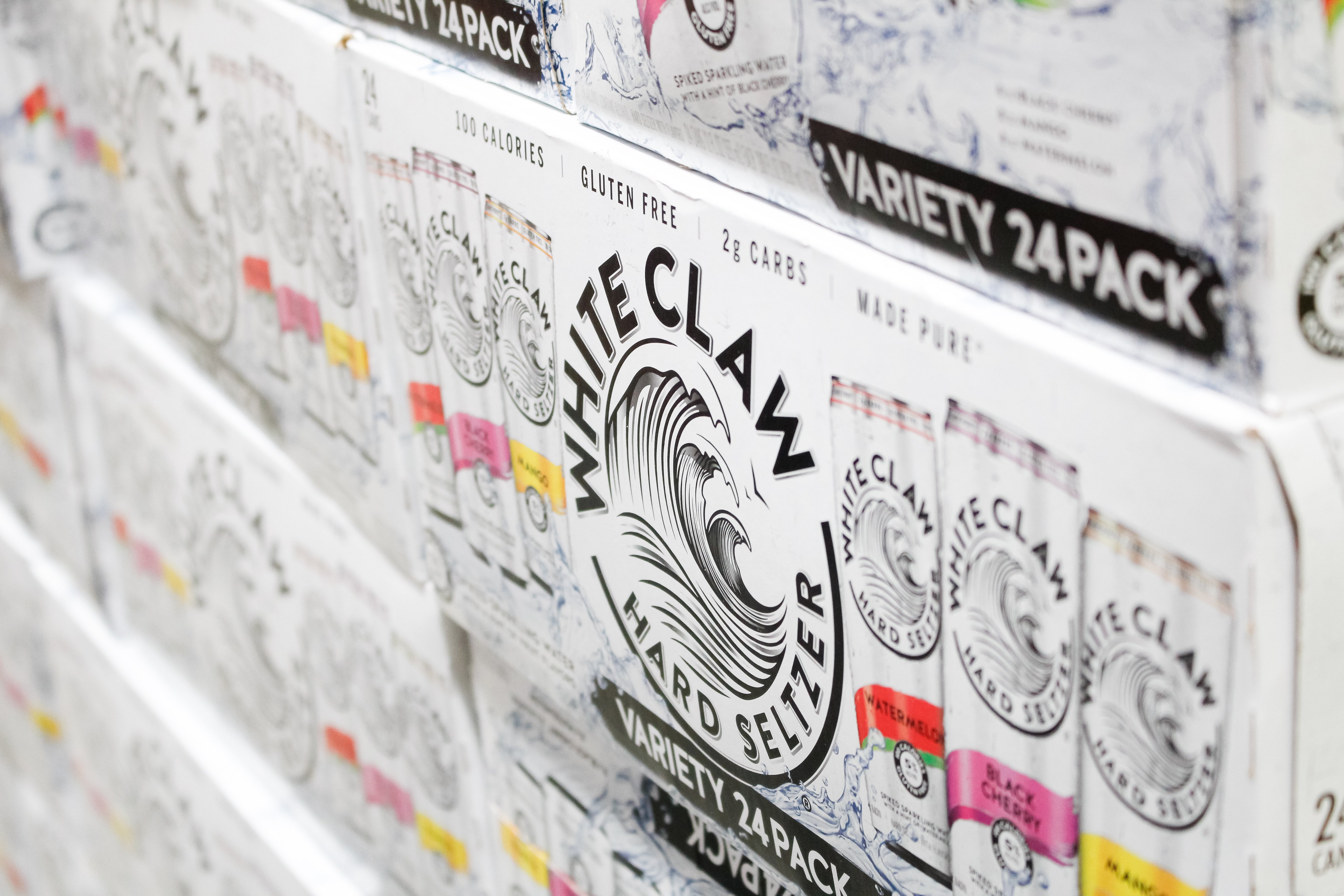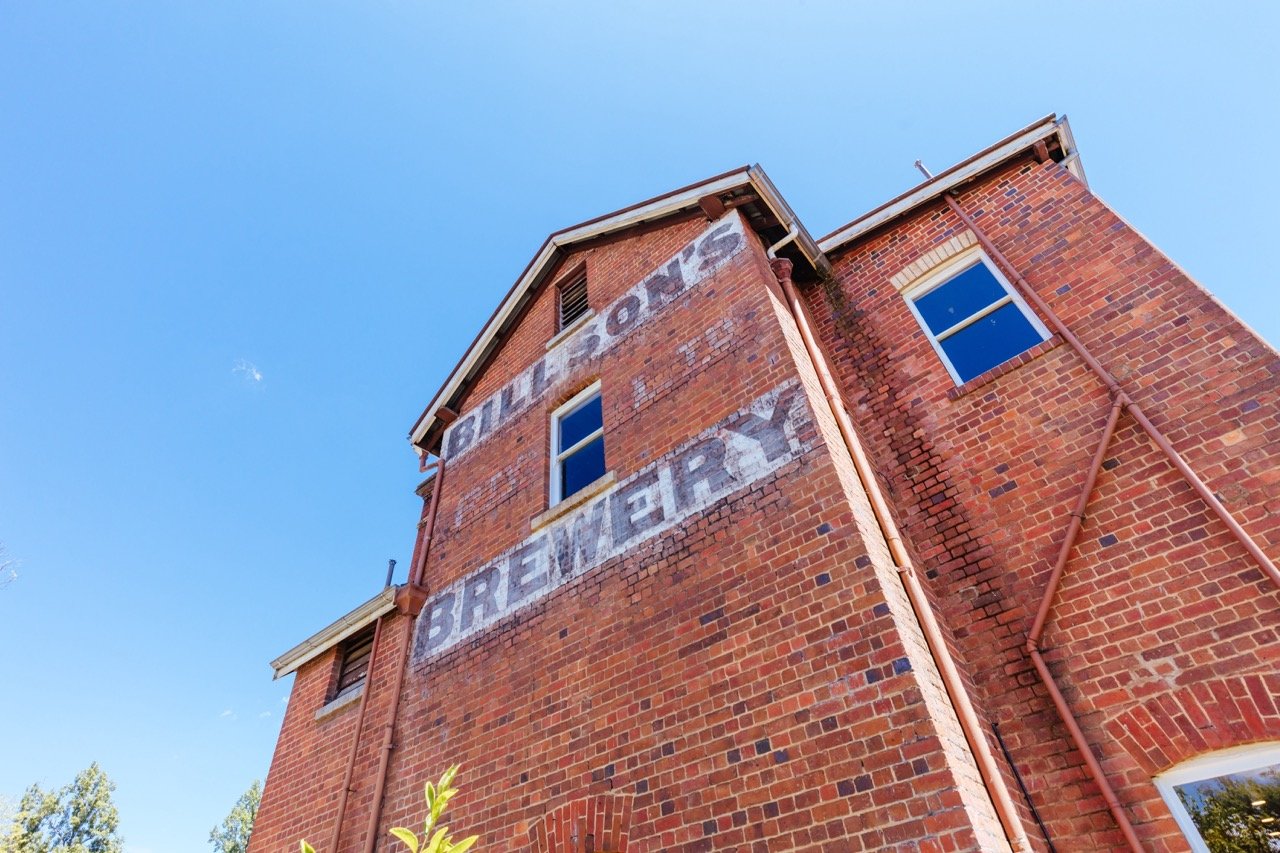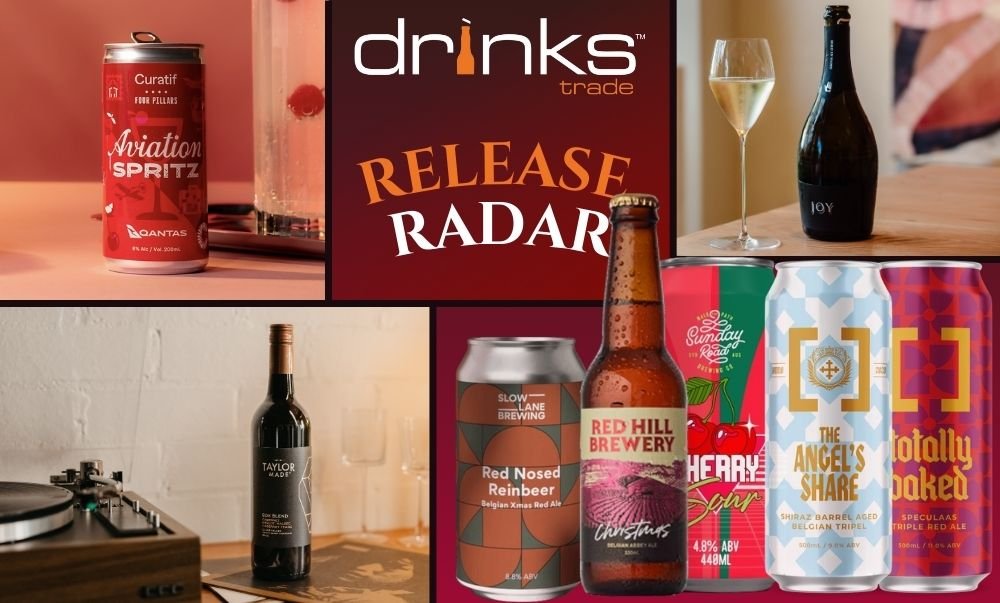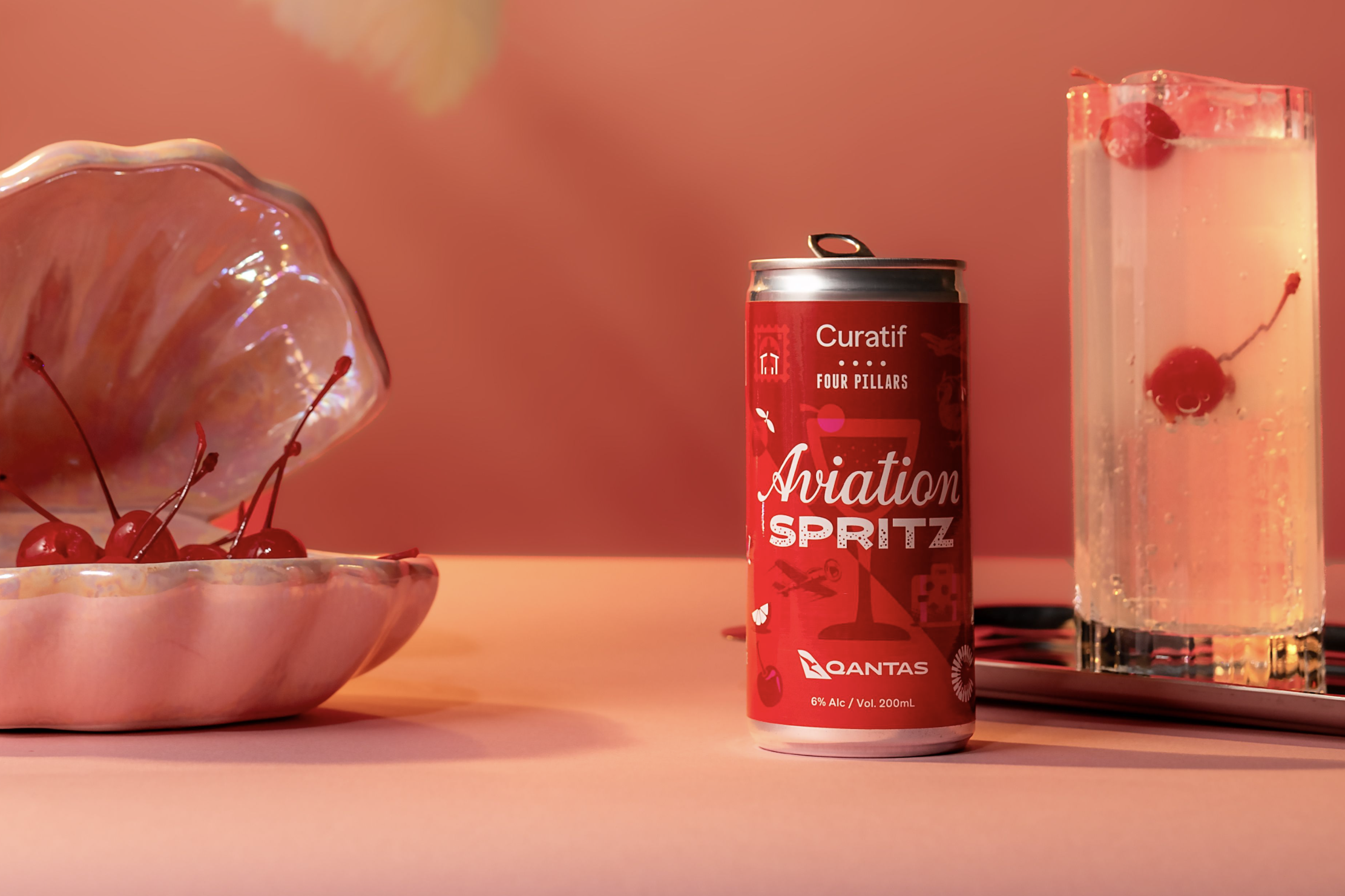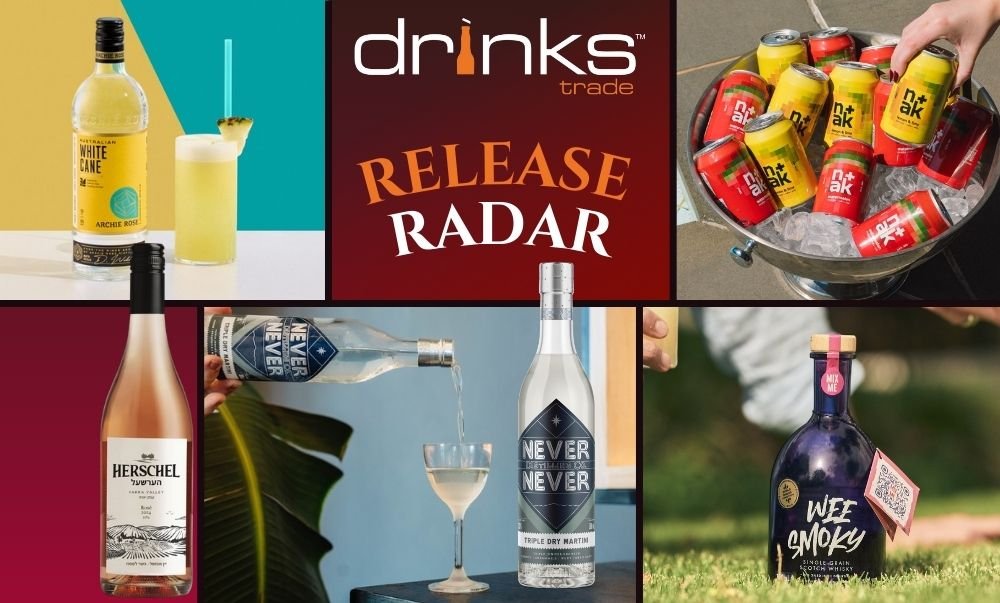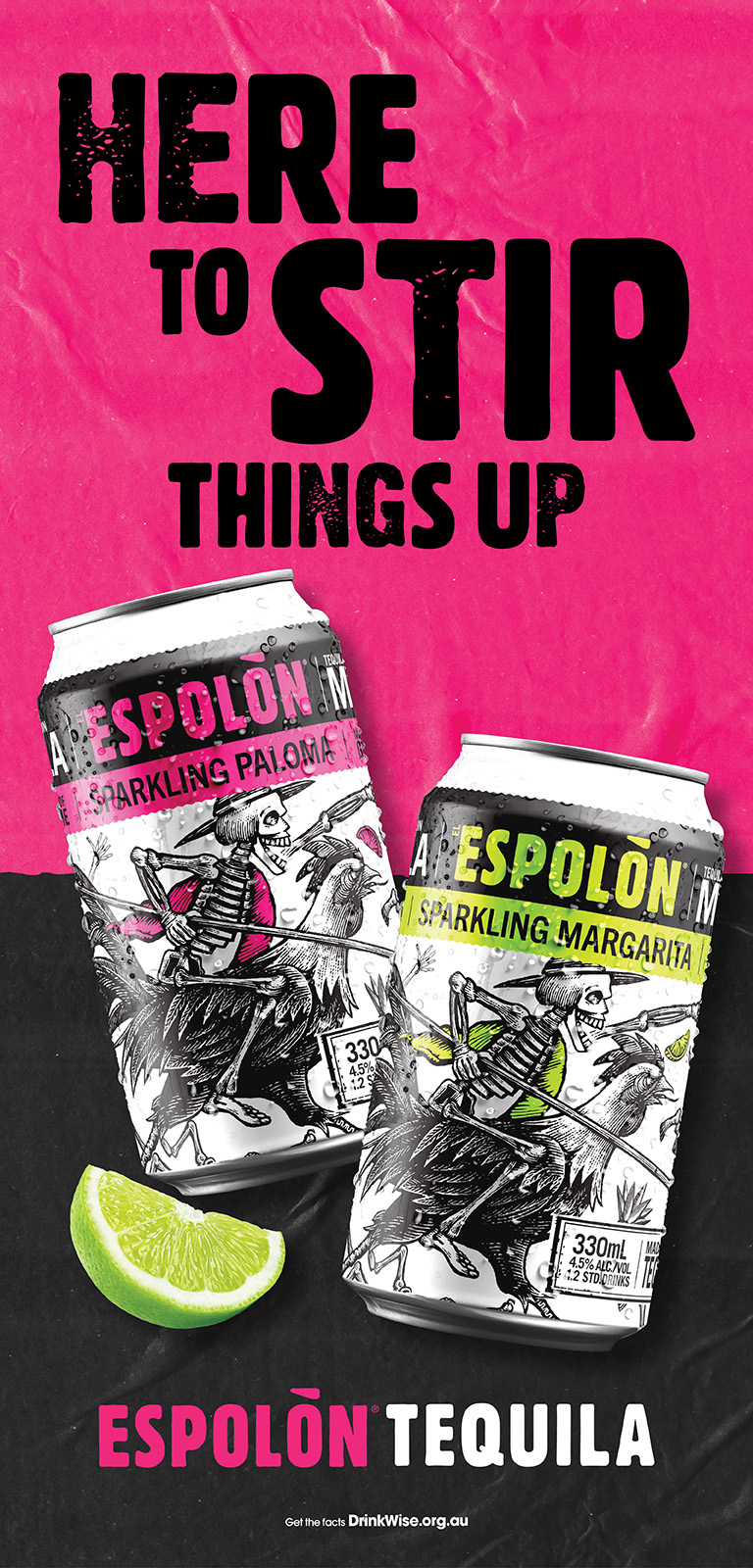The oldest recorded alcoholic beverage documented by archaeological records dates back to around 7000 BCE in Jiahu, a Neolithic village in the Yellow River Valley, China. The residues discovered were from a fermented beverage made of rice, honey, hawthorn fruit and/or grape, a concoction that most closely resembles mead as it is known today.
In addition to its historical importance, mead also carries with it various notable strong sales points: it is a produce-driven product that can reflect terroir in a manner similar to wine, it varies in sweetness and abv depending on production methods, and it can be altered via flavour additives to craft new styles altogether.
Despite all of this, however, traditional mead as a beverage category continues to struggle on the Australian market. This is in spite of Australia having a strong reputation for mead production, with notable producers such as Maxwell Wines having produced world-renowned meads for upwards of forty years.
“I think as it stands here now, there's no place for it really, outside of the Renaissance fairs,” said Tim Engelbrecht, Founder of recently launched Sydney meadery Greedy Bear.
“There's no demand for it… Like mead, sure, it's a category if you know it, but also it’s not really in a sense.”
By definition, mead is an alcoholic beverage made by fermenting honey mixed with water, occasionally with fruits, spices, grains and hops mixed in. Its alcohol content can range from 3.5% abv to more than 20%, and it can be still, carbonated, naturally sparkling, and at any degree of sweetness level. According to Engelbrecht, “the sky’s the limit in the craft space” of mead production.

“There's also things like Pyments, which is a mixture of grape, sugar, and honey. We've got Braggots, which is a mixture of grain, sugar, and honey, so there's all these really cool collaboration opportunities, which I'm very excited to explore… Also Cyser, which is supposed to be a combination of apple or pear sugar with honey.
“They're all weird freaking old terms, which I kind of want to change because they're complicated. Like mead's weird enough."
Despite being an extremely variable category depending on human input, mead is a product that can occur naturally in nature.
“The cool thing I like about it is how it all began with spontaneous fermentation, which is something I'd like to explore further along,” said Engelbrecht.
“So the theory is basically you've got honey/a hive; it gets washed into the hollow of a tree trunk or something, and then water comes, mixes with it, spontaneously ferments, people discover it and [then] recreate it.”
It is this capacity to occur unprompted out in nature that positions its history further back than that of any other alcoholic category, according to current archaeological evidence. Similarly, being naturally occurring has resulted in a vast array of different mead variants from cultures from right around the world. The official mead wikipedia page lists more than 50 different traditional mead styles pertaining to cultures as diverse as Mexico, Philippines, Lithuania, and even Kenya.
While craft mead production has been slow to emerge onto the Australian market, recent years have seen the sector boom in the US, UK, New Zealand, and India.
According to Engelbrecht, “we're like eight/ten years behind America, right? That's what I've been hearing anyway. They went from zero meaderies to like 800 in a very short space of time. Of course, it's America: it's way bigger, so you've got way more clientele there, but I actually went and visited America and went to their kind of top meaderies and some of these guys are putting out one to two million litres of this stuff a year.
“[Also] in India, in England, there's a couple of big ones. In England there's these guys called Gosnells… and in India, there's Moonshine Meadery, who have a really big meadery, and they're popping out.
“There's also these guys who are making some in New Zealand, these bloody Gen Z kids, and they are making heaps of it. They're making like a lemon soda mead, and they're selling lots of that, I think almost half a million litres of it. Which is like, you know, not stacked, but it's enough to be a functioning business.”
In New Zealand, the lemon flavoured mead subcategory appears to be gaining some traction, with both the 5.5% abv Kāmahi Blossom + Lemon mead mentioned by Engelbrecht and the Beehave Non-Alcoholic Lemon Mead occupying the space. Similarly, much of the revival of the mead category in the US has been driven by flavour innovation in the craft mead space.
“There's definitely an appetite for it there, especially the way they're doing it,” said Engelbrecht.
“I've seen some really cool meaderies that do dabble in session meads, which is what I'm making, as well as your ‘traditional’ style, but they're definitely not traditional, they're like a craft traditional. They're like peanut butter jelly 14% meads, which, again, it's a little bit dessert wine-ish. But yeah, there's guys over there who have restaurants, like mead pairing restaurants, and tasting rooms; and it's really interesting. It's definitely booming over there.”
Greedy Bear launched its first product to market in July, contract brewing out of Rocks Brewing Co in Alexandria, Sydney. The Greedy Bear Original is a canned sparkling session mead with at an abv of 4%: “That's the only reason I'm doing this commercially, because I think this kind of craft mead space, that's the only way it can exist. It has to be in that fast format, canned, sparkling, something you can enjoy on the beach.”
Interestingly, Engelbrecht says that very little of his customer base is coming from traditional mead consumers.
“I've done a competitor analysis, they're not even on there. They're like a third rung, because it's a completely different product. So, yeah, I'm targeting ginger beer drinkers, cider drinkers, seltzer drinkers, and any alternative RTD.”
Looking forward, Engelbrecht is hopeful that the current strong mead category growth in the US will translate to the Australian market. Furthermore, he believes that growth in craft mead could subsequently translate into a resurgence of traditional mead subcategories.
“I’ve always wanted to get people through the door with a really nice session mead that's very approachable and then introduce them to varying degrees of mead,” he said.
“I would love to have a barrel ageing program where I do make some very cool sippable dessert wine styles so you can get a nice flight of meads, you know, from all those wonderful things I’ve told you about.
“I think that could totally reinvigorate that whole, the traditional side of things. So that's the dream.”
To learn more about Greedy Bear, visit its website here.
//
Previously featured in Drinks Trade’s Explained series is Rakia, explained by 36 Short, and Zinfandel, explained by Lowe Wines.
Share the content

